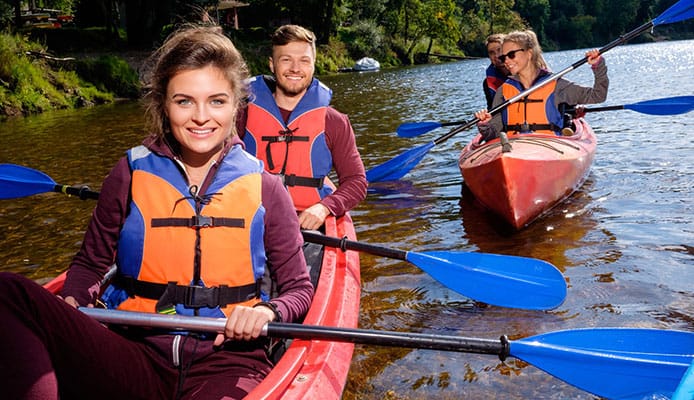
-
1.
-
2.
-
3.
-
4.
-
5.
When kayaking, there are times you will fall out of your kayak and into the water. A paddle float offers the easiest way to get back in. The float slips onto the end of your paddle blade turning your paddle into a temporary outrigger that stabilizes your kayak and provides the leverage you need to safely re-enter your kayak.
It is important to have the best kayak paddle float onboard, whether you’re a beginner or advanced kayaker. You can also use it for other things such as to stabilize your boat in rough waters, for practicing a kayak roll or as a seat cushion. It is such a handy accessory on a kayak, canoe, or stand up paddleboard. The following are some of the most recommended paddle floats on the market.
OUR TOP PICK
NRS EPE Foam
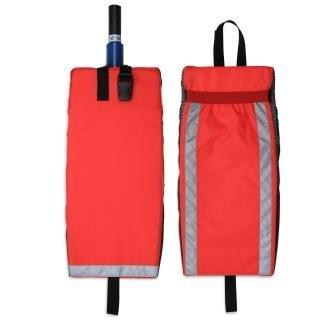
- Stand Out Features - Why We Love It
- Easy and quick to use
- Bright color and reflective strips
- Multiple functionalities
EDITORS CHOICE
Seattle S. Sports
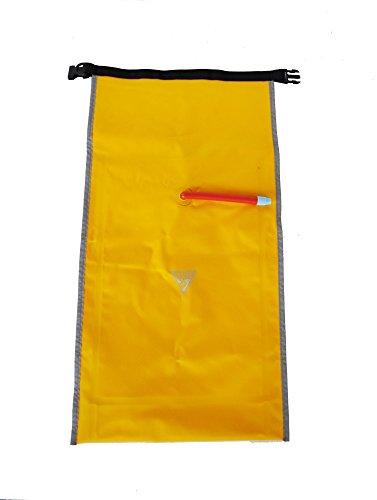
- Stand Out Features - Why We Love It
- Two chambers and extra large capacity
- Reflective binding
- Clip-on safety tether
- Easy to inflate and use
BEST VALUE
Riverstones
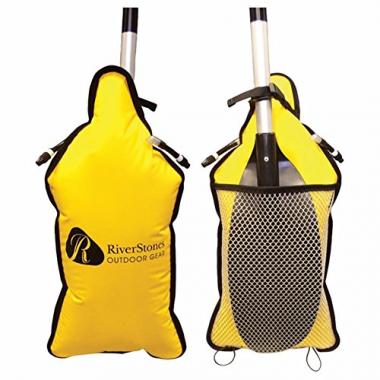
- Stand Out Features - Why We Love It
- Dual air chambers
- Mesh paddle pocket
- Excellent for learning kayak roll
attwood 11916-5 Blade
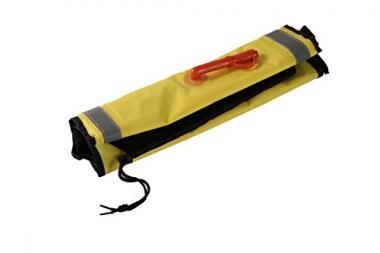
- Stand Out Features - Why We Love It
- High visibility hues
- Stowed in a mesh drawstring bag
- Reasonably priced starter safety kit
Seattle Sports Basic Safety Kit – Includes Paddle Float, Bilge Pump, and Safety Whistle
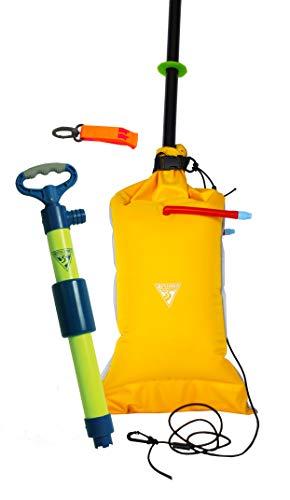
- Stand Out Features - Why We Love It
- High visibility hues
- Stowed in a mesh drawstring bag
- Reasonably priced starter safety kit
NRS Sea Kayak
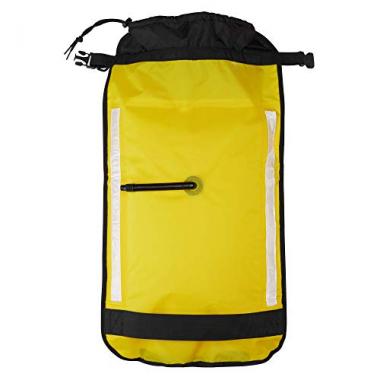
- Stand Out Features - Why We Love It
- Twist valves for ease of use
- Dual air chambers
- Bright and has reflective tape
Harmony Blade Aid
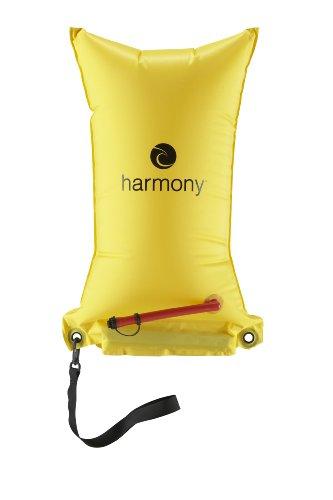
- Stand Out Features - Why We Love It
- Dual air chambers
- Single-handed auto valve
- Saltwater corrosion resistant
- Resists degradation by UV rays
North Water Four Play Kayak
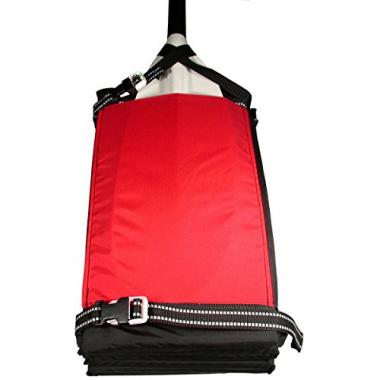
- Stand Out Features - Why We Love It
- Multiple functionality
- Simple yet clever design
- Double ended paddle float
SUP Standup Paddle Float by Paddlewings
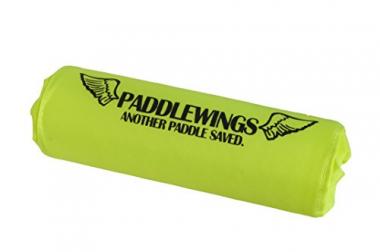
- Stand Out Features - Why We Love It
- SUP standup paddle float
- Works with any SUP paddle
- High visibility hue
Sea to Summit Inflatable
Sea to Summit Inflatable
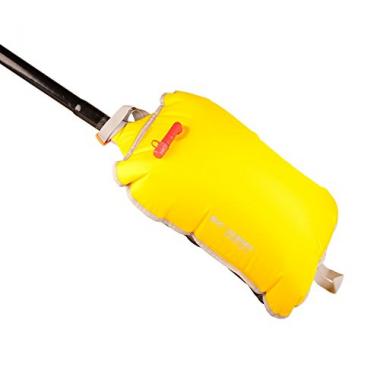
- Stand Out Features - Why We Love It
- Lockable two-way valve
- Easy inflation and deflation
- Includes a safety whistle
How To Choose The Best Paddle Float – Buying Guide
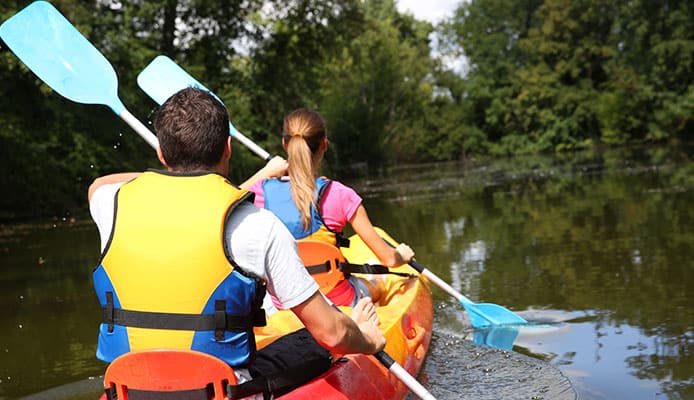
Ultimately, which float to get will depend on your intended use, skill level, kayaking environment, and personal preference. Before you order a float, consider the following factors so as to determine which is the best kayak paddle float for your needs.
Foam vs Inflatable
First of all, determine what type of paddle float to get. A foam paddle float is made up of a large piece of closed-cell foam wrapped in a nylon shell. Since it doesn’t require inflating, a foam paddle is always ready to use. You can deploy it quickly and there is no risk of popping. Its disadvantages are that it is bulky and eats up space in a kayak and doesn’t offer as much buoyancy as inflatable floats do.
An inflatable float is very small when deflated, easy to stow in a kayak, and easy to carry from car to kayak and back. It provides a lot of floatation to support even larger paddlers and you can adjust the amount of buoyancy to suit the situation. Its downside is that it requires inflating before use, which is not something you want to do in turbulent or frigid water. It can also pop and fail. Dual chambered paddle floats are more reliable as there is a backup air chamber just in case of a puncture.
Size
It is important that you choose a float whose paddle blade pocket the blade of your paddle will fit in. Most paddle floats have a one size fits all design that accommodates all kinds of paddles. You will also want to confirm whether the float you want provides adequate buoyancy for your weight. Inflatable paddle floats offer more buoyancy than foam paddle floats.
Use
When buying a float, have in mind the kind of environment you will be using it in. If you are going winter kayaking, a foam float suits you best as it is always ready for use. If you paddle in warm weather and friendly conditions, you may prefer an airbag float for its ease of stowing and the excellent floatation it provides.
You might also like:
FAQs
Q: Why Do I Need A Float For Paddles?
You need a float as a kayak self-rescue device to help you get back in a kayak after it is flipped over or if you fall out. Slipping the blade of your paddle into the float creates an outrigger that stabilizes the kayak and provides the leverage you need to re-enter your kayak.
Just like a kayak bilge pump and a life jacket for kayaking, a float is an important piece of safety equipment for every kayaker and a must-have for open water, solo, and rough water kayaking.
Depending on what kind of float you have, you can also use a floating kayak paddle to stabilize a kayak in rough waters, as a kayak seat cushion or backrest, a makeshift flotation bag, a campsite seat, and kayak roll training.
Q: Where To Store My Float For Paddles When Not In Use?
Always store your float where it is secure and easily and quickly accessible when you need it. One convenient place to stow it is behind your kayak seat. If you have a foam float, you can also store it on the back deck.
Globosurf Overview
Once you’ve found the best paddle float for your needs, it’s important to always keep it where it is secure and you can easily and quickly access it. It is also important to practice the float self rescue. You can even attend a kayak rescue class to improve your skills. By practicing in progressively harder conditions in a controlled environment, you will be well prepared for when you need to use it in a real emergency.
More Kayak Accessories Reviews:
- Gifts For Kayakers
- Kayak Covers
- Kayak Flags
- Kayak Cup Holders
- Kayak Deck Bags
- Kayak Canopies
- Kayak Bilge Pumps
- Kayaks Loaders
- GoPro Kayak Mounts
How about you? Which float is your personal favorite? Let us know your thoughts and experiences in the comment box below!


